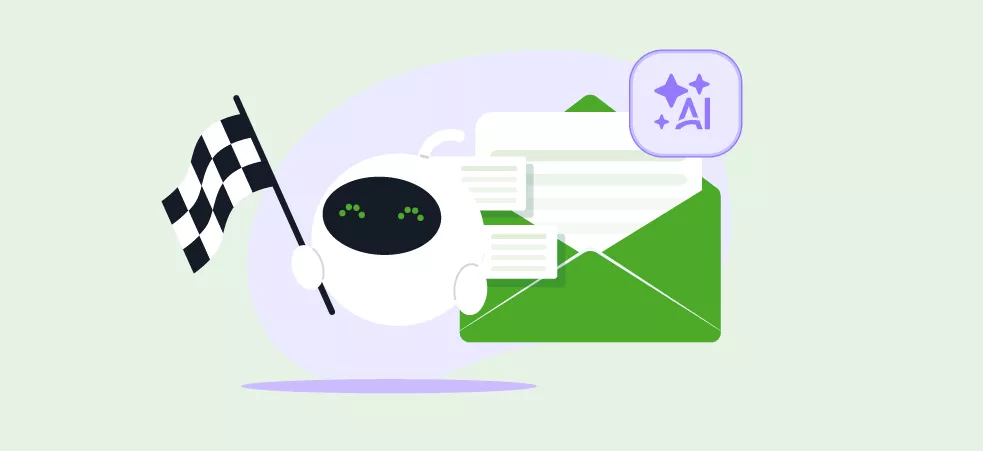The ready-to-use CRM for small businesses and startups.

CRM or ERP? What Are the Differences?
CRM and ERP... These are two applications that are used in the company by business departments. Two solutions that centralise a lot of crucial information for the company. Two pieces of software between which companies do not know which one to choose... And then they decide to choose one or the other. Serious mistake! Beyond their more or less obvious commonalities, CRM and ERP have different purposes. And behind these different purposes, there are different philosophies, even different business strategies. So let’s focus in this article on the differences between an ERP and a CRM…
What is ERP?
The ERP (Enterprise Resource Planning) is a part of the Information System which therefore makes it possible to plan the resources of the company. According to Gartner, "ERP is defined as the ability to offer an integrated suite of management applications. ERP tools share a common process and data model, covering large and deep end-to-end operational processes, such as those found in finance, human resources, distribution, manufacturing, service, and the supply chain”. It is used by many departments in the company: accounting, commerce, HR, supply chain...
The term Resource is therefore here to be taken in the broad sense, it covers raw materials, stocks, budgetary investments, the network of suppliers, that of distributors, collaborators (even if this last point is not easy and open to debate on whether or not it is within the scope of an ERP)…
We understand it here, an ERP revolves around the product. In this approach, the company considers that its capital is based on what it produces.
What is CRM?
CRM (Customer Relationship Management) is a solution that allows the company to manage, centralise and record all the interactions that it undertakes with a customer. According to Gartner, "CRM is a business strategy that optimises turnover and profitability while promoting customer satisfaction and retention. CRM technologies make it possible to identify and manage relationships with the "client", in person or virtually, and to define a strategy.
CRM software provides functionalities to companies in four segments:
- Commerce with the ability to monitor sales opportunities
- Marketing with relationship marketing, management of digital marketing campaigns or even social networks
- Customer service for after-sales service or even customer support
- Digital commerce
To this, we will add a decision-making dimension. Indeed, a CRM often presents the possibility of building dashboards, indicators that make it possible to follow the performance of the company. A CRM solution, like an ERP, shares a single database.
The term Customer is here to be taken in the broad sense of the term. You have to include the terms: customers, prospects, suspects, partners, users, citizens... Some people talk about XRM to avoid having to choose one of these terms.
As you can see, this approach is customer-centric. The company's capital is no longer the product but the customer. And all of its sustainability lies in its ability to retain customers and make strategic decisions based on the analysis of customer data.
CRM, the future of ERP or ERP, an old-style CRM?
It is clear today that customer relationships are increasing in the concerns of managers. It is no longer on the product that the difference is made but on the management of the customer experience. Are all products alike? No, but consumer expectations are changing and no longer rely solely on a simple product. They are now looking for an experience.
In Volume 1 of our Customer Relationship Fundamentals dedicated to customer culture, Daniel Ray, Head of the Institute of Customer Capital, emphasises it... Why does the company have to be customer-oriented? "It's just a matter of survival. The consumer is taking power and customer-oriented businesses are bound to fare better than the rest."
Thus it would seem that the future belongs to solutions centered around the customer and not around the product. Currently, CRMs and ERPs are highly interfaced. A lot of ERP data goes back and is displayed in the CRM tool. The risk here for the ERP is to be dispossessed of its primary functions, to be reduced to a receptacle of data to eventually be replaced by a generalist datalake. And this trend is felt in the market. Indeed, in 2018, the growth rate posted on the CRM market was 15.6% according to the Gartner, while the ERP showed evolution to "only" 10%. The companies to set up a CRM are therefore more numerous than those which deploy an ERP. Watch this space!
Learn more:
CRM Meaning. What is CRM?






